EDTECH: What appealed to you about this role?
SHEHU: I’ve been an AI researcher for a long time, and I have had the opportunity to lead a couple of initiatives at George Mason, so I am comfortable creating new thematic spaces, research areas and educational programs. I tell people I am drawn to challenges because I love the process of thinking about a vision, a mission and the programming. I love connecting the dots and then galvanizing and sustaining a community.
The chief AI officer role hits on all the areas that a university mission is supposed to hit: research, education, workforce development, partnerships and community engagement. It’s exciting to get the opportunity to lead and to show by example how universities can position themselves in this space.
DISCOVER: Higher ed institutions are using generative AI tools to improve efficiencies.
EDTECH: CAIO roles vary at each institution. How would you describe your role at George Mason?
SHEHU: It’s much broader and more encompassing than just integrating AI to drive efficiencies. That is important, but it’s low-hanging fruit. What we’re talking about is, how do you bridge silos so you can advance AI research? How do you create new educational programs? How do you train students in the AI skills they need to succeed? How do you leverage AI to train people from diverse backgrounds with varying levels of skills and expertise?
We have already initiated some interesting programs, including an undergraduate minor in ethics and AI that’s a collaboration between the College of Humanities and Social Sciences and the School of Computing. For our graduate students, we have a Responsible AI certificate. In Fall 2025, I am piloting a new course open to all undergraduates at Mason to start us on our AI Literacy Campaign. This is a campaign to build up more of these programs and to think creatively about how we integrate AI in education safely.
EDTECH: What opportunities do you see for advancing AI as a research tool?
SHEHU: George Mason is an R1 university, so it has very high, vigorous research activity. We see AI as integral to our research portfolio and as an enabling infrastructure that will advance research and scholarships across all disciplines. The NSF characterizes AI research as a virtuous cycle, and that is how we approach AI research here at Mason. There is a lot of activity at Mason on advancing use-inspired AI research and what I would call AI “for,” such as AI for health or AI for civil engineering. Your focus may be user-inspired research, but you very often find critical questions that then prompt you to go back and advance foundational AI research. So, you complete the cycle by addressing critical problems that have societal importance.












